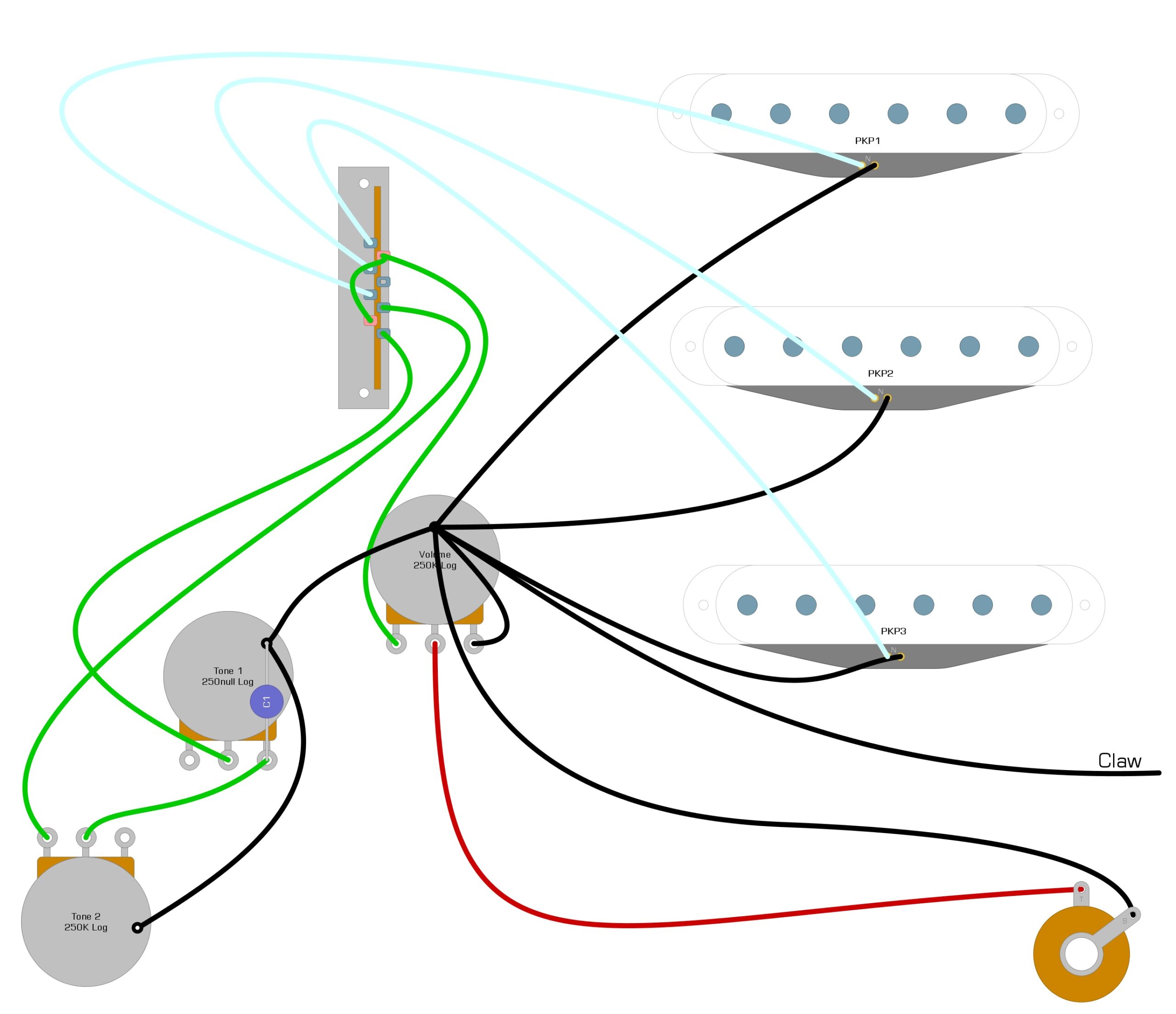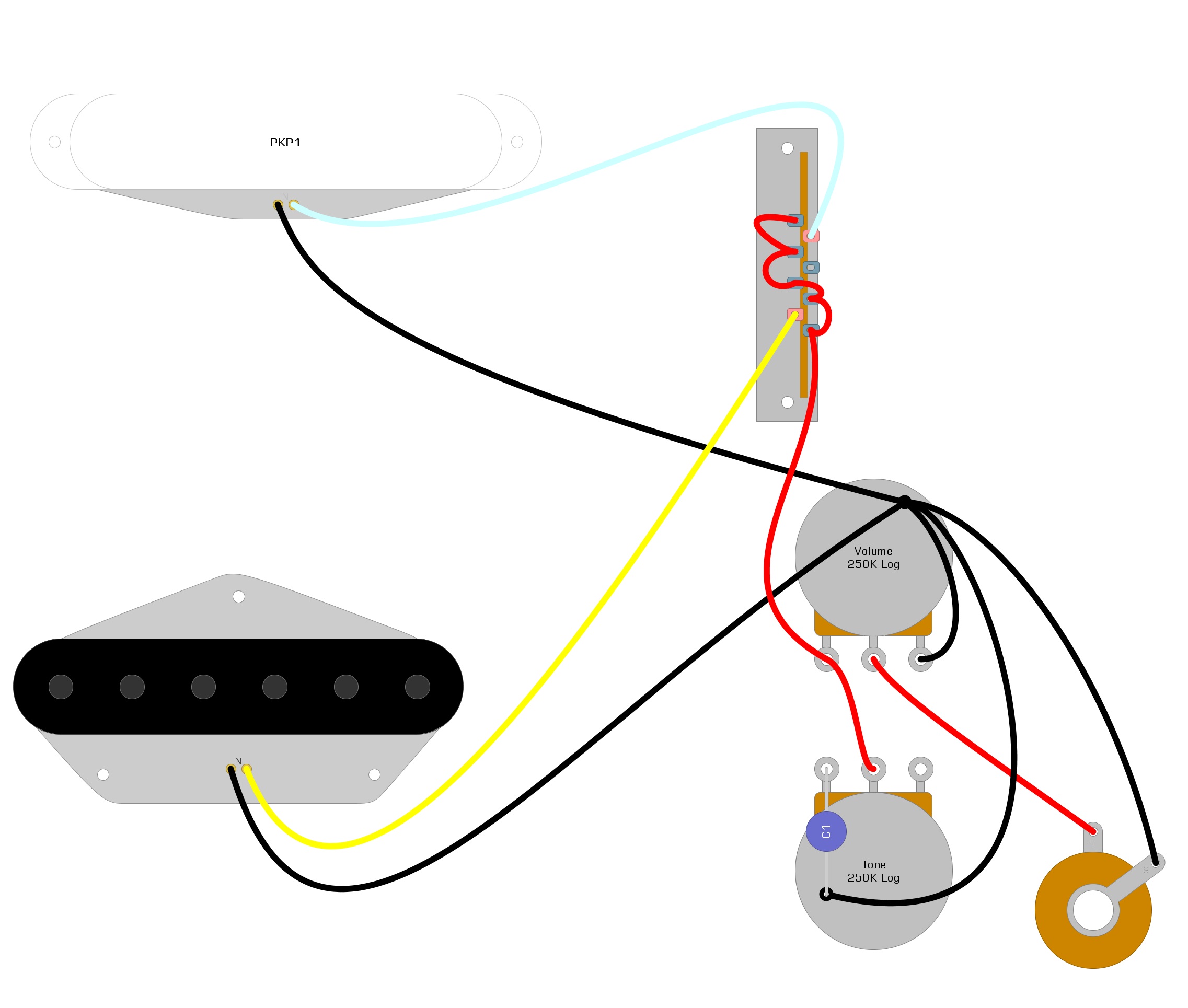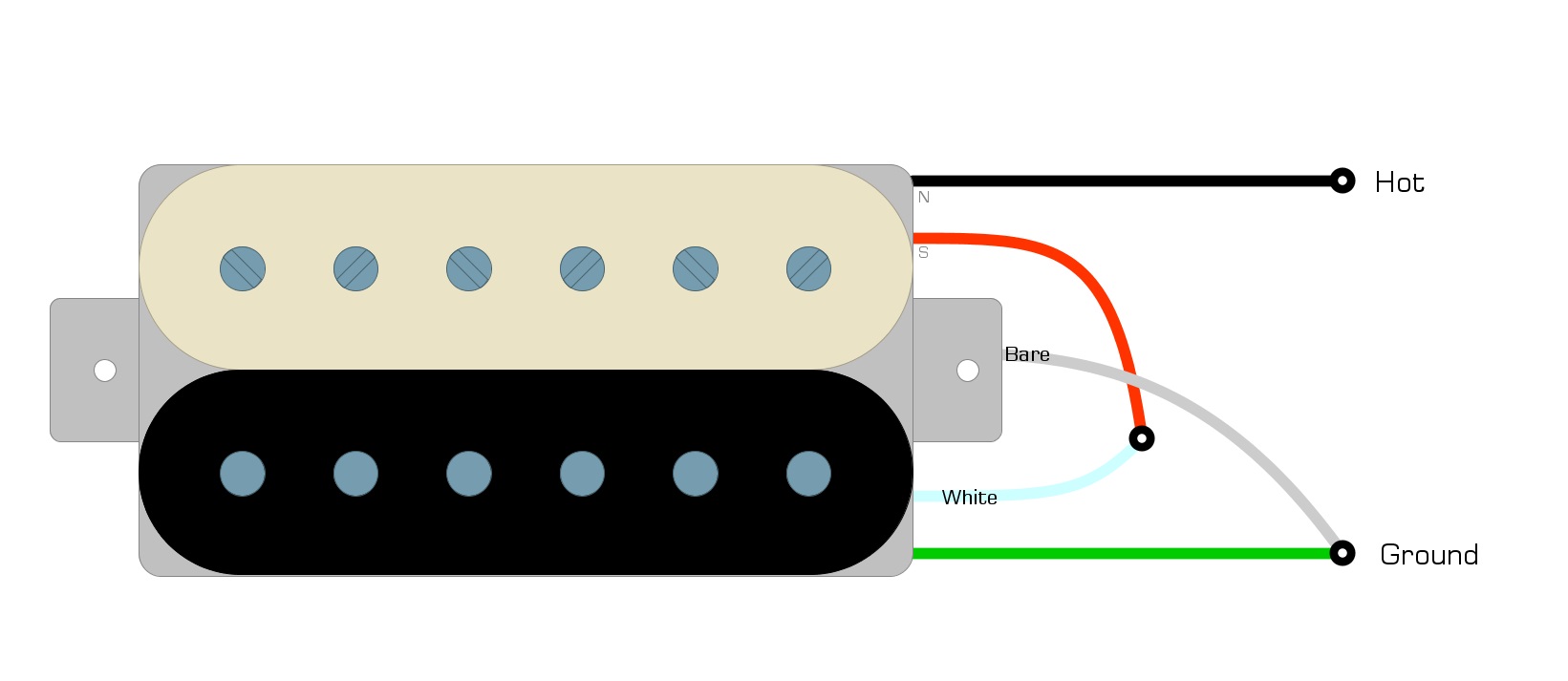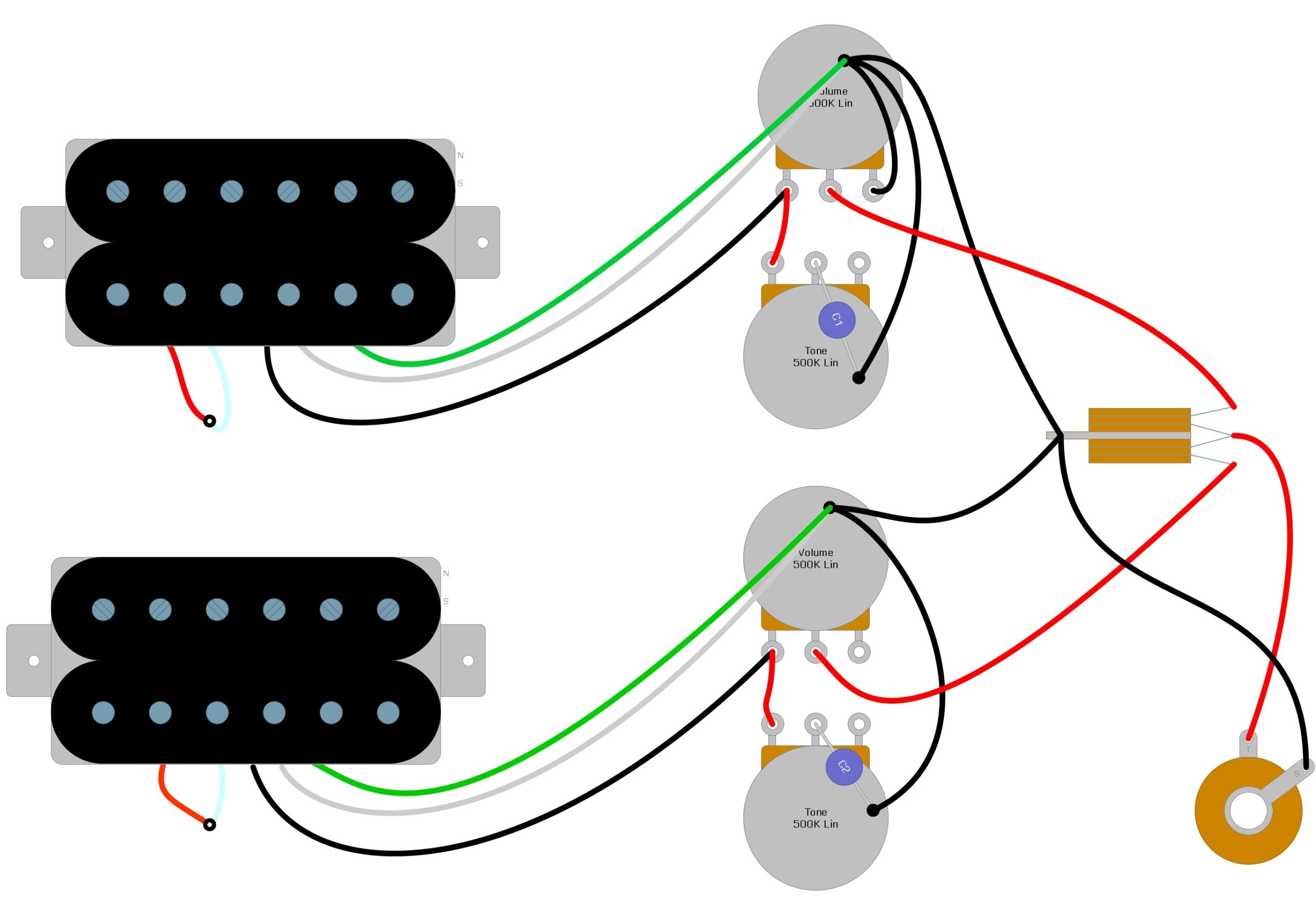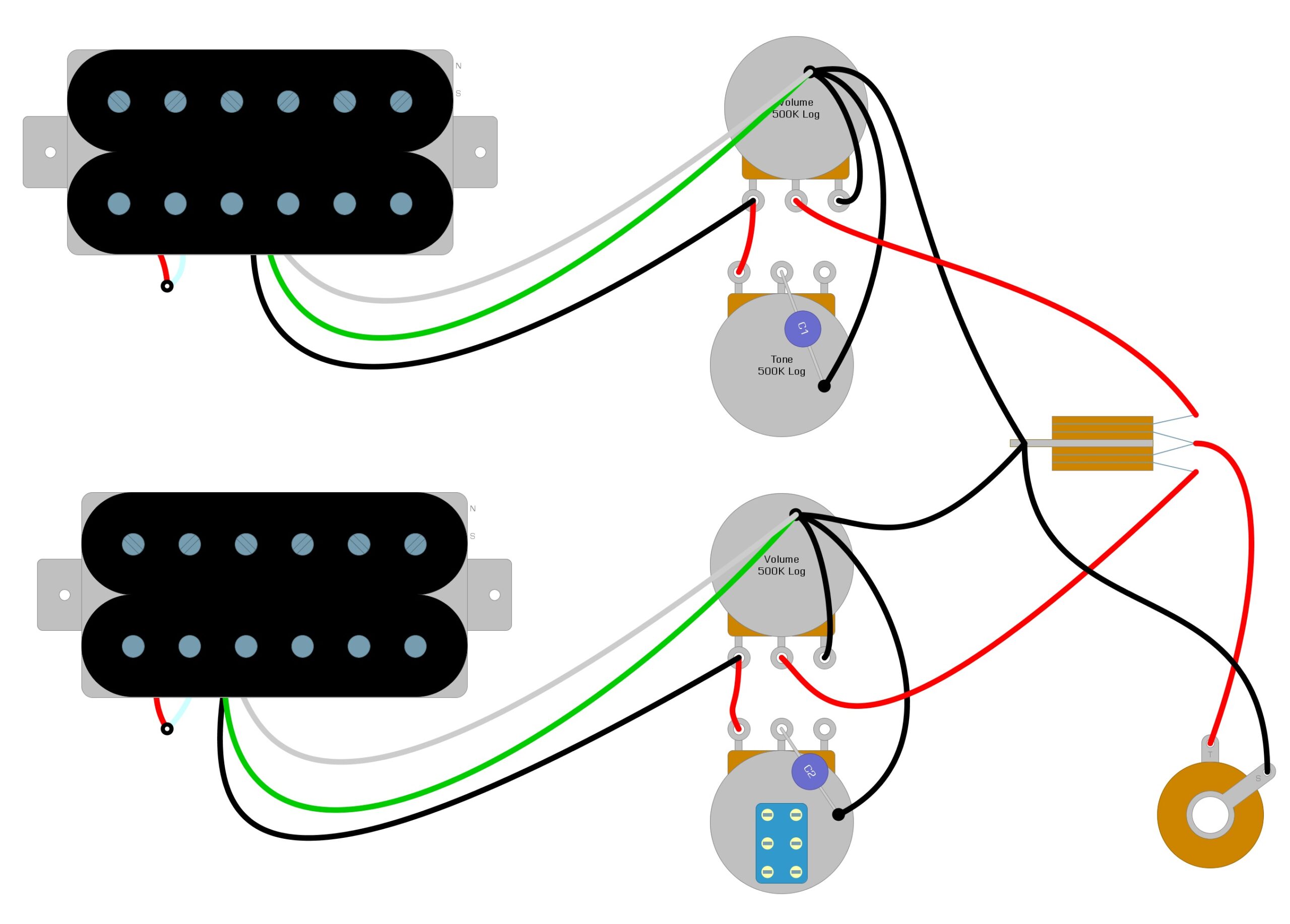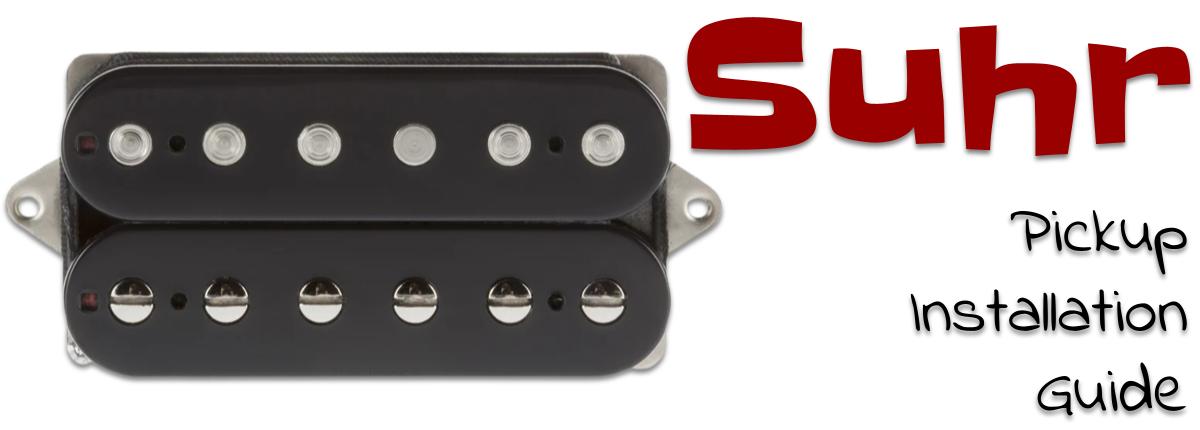
By Ed Malaker
Posted 08/18/2022
This Suhr Pickup Installation Guide will help you install any model of these pickups into any guitar. Suhr pickups were founded by John Suhr, a guitar player from New Jersey who has been building pickups for 35 years. They may not have as many models as some of the big guys like DiMarzio and Seymour Duncan, but the pickups they offer sound great, and they have most of the bases covered.
Before You Begin
This Suhr Pickup Installation Guide is for players familiar with modifying their guitar and for those who can understand the illustrations and wiring diagrams we’re presenting. If it’s your first time installing pickups into a guitar, we recommend checking out one of Humbucker Soup’s many wiring articles for step-by-step instructions.
Vintage Stratocaster Wiring
The Fender Stratocaster has three single-coil pickups, and each one has two wires. One wire connects to the beginning of the coil, while the other connects to the end. Suhr has several single-coil pickups available, including the ML, V60, V63, and V70. They use the traditional wiring scheme, in which white is Hot and black is Ground.
In Example 1, we illustrate a common way to wire a Fender Stratocaster with Suhr single-coil pickups.
Example 1
Vintage Telecaster Wiring
The Telecaster is probably Fender’s second-most popular guitar. They also use single-coil pickups, but they are slightly different than in the Stratocaster. The neck pickup is often slightly smaller than standard single-coils, while the bridge uses a special base. Suhr makes a few models of Telecaster pickups, including the Woodshed and the Classic T. These pickups also have two wires each, and Suhr sticks to the same wiring scheme.
In Example 2, we illustrate a common way to wire a Fender Telecaster with Suhr pickups.
Example 2
Humbucker (4 Wire)
The humbucker pickup has two coils and four wires, two for each coil. It also has a bare wire that grounds the chassis. You can wire humbuckers many different ways, and to install them correctly, you’ll need the wiring code that is unique to each pickup brand.
Suhr Wiring Code
- Black = Hot
- White + red = soldered together and taped off
- Green + bare = soldered together + Ground
In Example 3, we’ve illustrated this Suhr wiring code.
Example 3
Installing the Humbucker
Once you know the wiring code, you can install it as you would any other pickup, using the Hot and Ground wires. Suhr produces several models of humbuckers, including the DSV, DSH, Asatobucker, and Thornbucker. In Example 4, we illustrate how to install these pickups into a Gibson Les Paul-style guitar.
Example 4
The Coil-Split Humbucker Modification
Since we just discussed humbucker pickups, we’d like to show you an easy modification that shuts one of the coils off, giving you a new tone.
Convert the tone to a push-pull pot
The first thing you’ll need to do to complete the modification is to convert your tone control to a push-pull pot. These devices are identical to the standard pot, but they contain an additional switching mechanism that you activate by pulling out or pushing in the shaft.
In Example 5, we use the same Gibson Les Paul circuit, but with a push-pull pot in place of one of the tone controls.
Example 5
Connect the switch
With the push-pull pot in place, you only need to connect the white and red wires from the pickup to the switch, and add a short ground wire from the switch to the back of the pot.
In Example 6, we illustrate the last few connections required to complete the modification.
Example 6
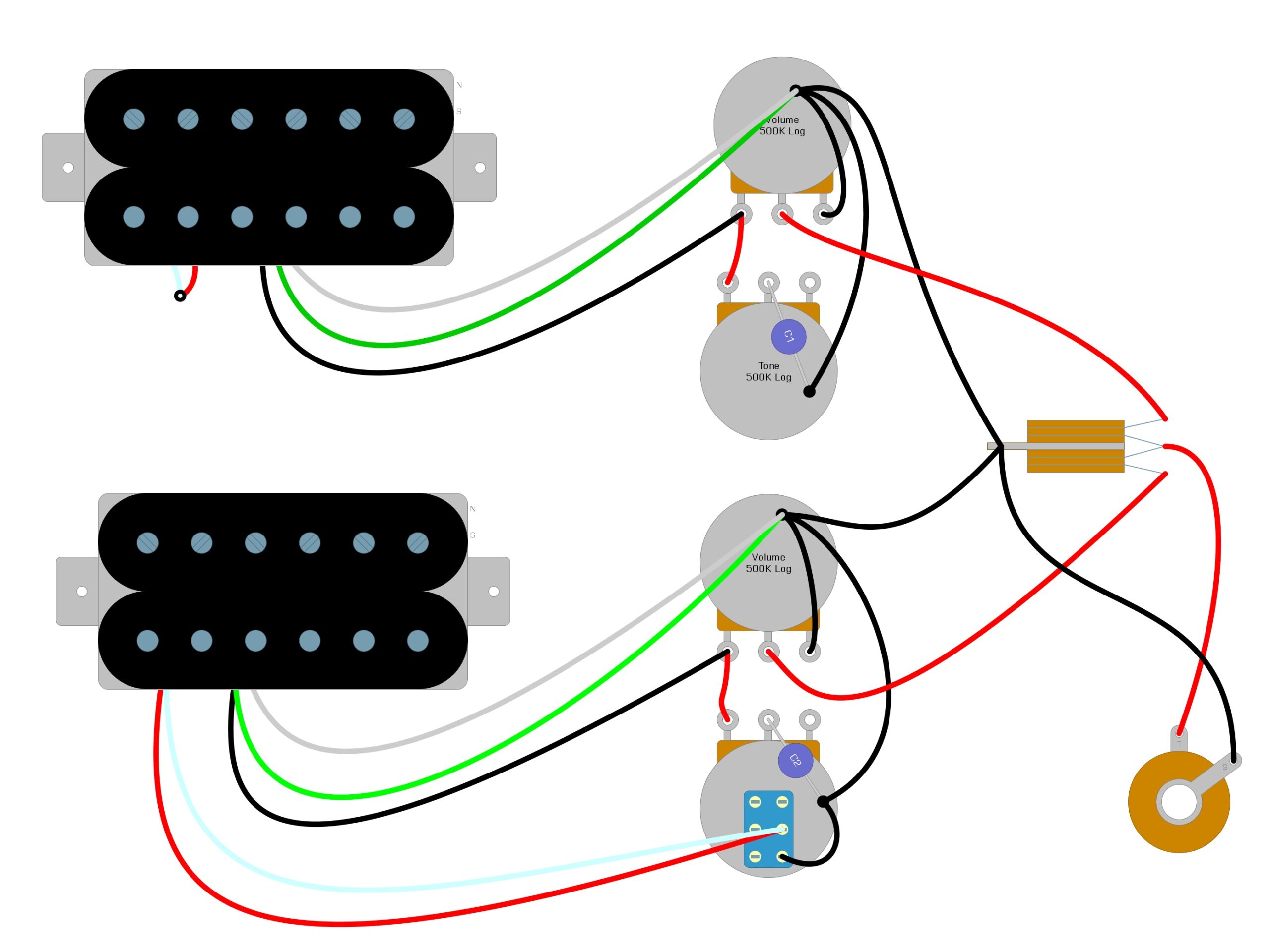
Summary
We hope you have enjoyed our Suhr Pickup Installation Guide, and that we have helped you with your own wiring. Changing your pickups can be a great way to work on your wiring skills, and it can help enhance and personalize your tone. If this Suhr Pickup Installation Guide has been a help to you, please feel free to share it on Facebook and Twitter. For more articles on guitar electronics, visit humbuckersoup.com.

